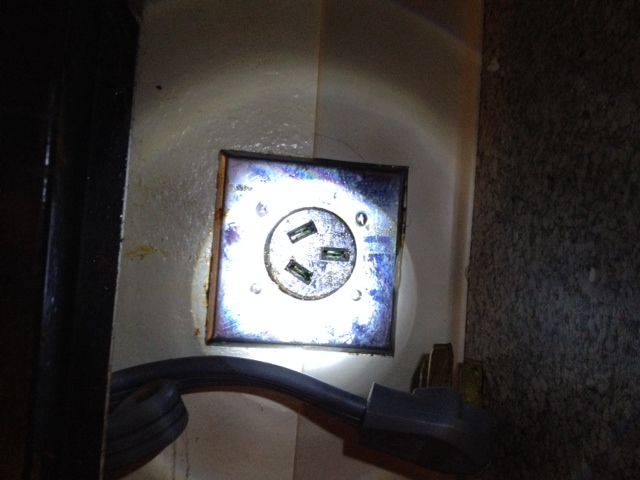Thanks, again. I saw where one could request the silicone tubing, but did not see where one could request the SS connectors. I imagine that one can communicate with HighGravity to make such a request. I assume that the SS connectors are a bit more expensive.
I would probably add a ball valve after the pump as output must be controlled by impeding flow after the pump as opposed to before the pump.
Keith
I emailed them with the request before ordering and they OK'd it. I then reminded them after I ordered via their ticketing system.
Drop them a line.
I'd recommend having a ball valve after the pump, too - that's what I have. I tend to keep it fully throttled during the mash (I have no issues with clogging etc as the sprinkler in the lid works to reduce flow) and then turn it down during the chilling process.
It depends upon the type of pump, but for centrifugal pumps like we normally see in brewing, starving the input with a valve is not recommended. Can it work? Yes, but you are increasing the likelihood of problems with cavitation, pump running dry, overheating, etc. Placing the valve on the output of the pump, instead, mitigates all of these issues.
+1. It's best practice to only impede flow going out of a centrifugal pump - never the flow going in.





![Craft A Brew - Safale S-04 Dry Yeast - Fermentis - English Ale Dry Yeast - For English and American Ales and Hard Apple Ciders - Ingredients for Home Brewing - Beer Making Supplies - [1 Pack]](https://m.media-amazon.com/images/I/41fVGNh6JfL._SL500_.jpg)






















































